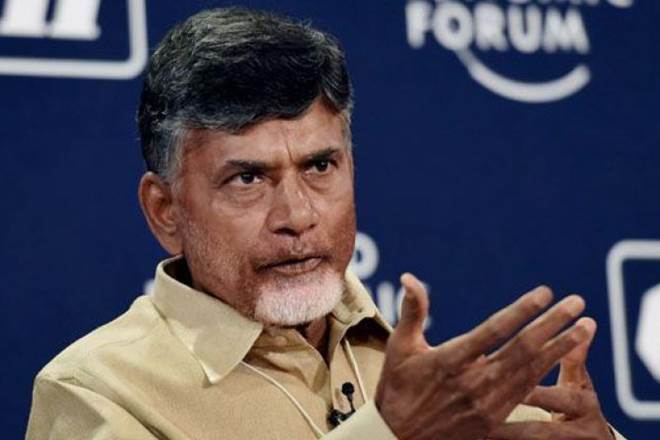
Ahead of polls, why India's youngest state has become TDP-mukt

For the first time since its inception in 1982, the Telugu Desam Party (TDP) has not fielded any candidate for the coming Lok Sabha elections in Telangana. For a regional party that was founded on the plank of “Telugu pride”, it is curtains down in India’s youngest state where “Telangana pride” is the buzzword now.
The TDP, which is in power in the neighbouring Andhra Pradesh, has suffered a steady erosion of its support base ever since the Telangana statehood movement gathered momentum about a decade ago. Post-bifurcation, it is fast losing relevance.
For a party that took pride in strong cadre base and formidable vote share in Telangana for decades, the decline has been swift and irreversible since 2014 when Telangana state was carved out. A majority of its leaders have since crossed over to the ruling Telangana Rashtra Samithi (TRS) whose founder-president and Chief Minister K Chandrasekhar Rao is largely seen as the architect of the statehood movement.
Alliance experiment fails
The TDP suffered a rout in the December 2018 Assembly elections in the state when it went to the polls as part of “Mahakutami” (grand alliance) along with Congress, CPI and Telangana Jana Samithi. It managed to win just two seats in the 119-member Assembly.
Its lone MP from Khammam and a prominent industrialist Nama Nageswara Rao switched over to the TRS last week and within hours of defection he was named the ruling party’s candidate for the seat.
The party was hoping to field Rao from Khammam and extend support to Congress and CPI candidates in other constituencies but his defection came as a last straw.
Though the official reason cited by the TDP for staying away from the elections is that it doesn’t want to split the anti-TRS votes, the reality on the ground is disquieting for a party that once dominated the region with a strong support base and formidable leaders.
Changing political dynamics
The resurgence of Telangana sentiment had pushed the TDP into a corner. Its ambivalent approach towards the statehood demand led to a steady erosion of the support base in the region. Though it finally came out in support of the statehood cause in October 2008, it was too late by then as the TRS successfully positioned itself as the sole crusader of the statehood cause and dominated the narrative.
Unlike in the past when Congress and TDP used to be locked in straight contests in elections in the combined AP, the emergence of regional players–TRS and later YSR Congress Party–and the fierce identity politics taking deep roots in both the regions had compounded the TDP’s woes.
The party, which managed a vote share of 18 per cent in 2014, could retain only 3.5 per cent in the December 2018 Assembly elections. And, its tally dropped from 15 seats in 2014 to just two seats last year.
The TDP chief N Chandrababu Naidu, who ruled the state for a record nine year period from 1995 to 2004, remained evasive for years over the demand for separate state. This made him a persona non grata for Telangana parties. In the changed dynamics post-bifurcation, the TDP is seen as a “Andhra party” inimical to the interests of Telangana.
Moreover, he has his task cut out in Andhra. He is facing a tough electoral battle with the YSRCP, headed by Y S Jagan Mohan Reddy emerging as a major challenger. In fact, his party’s campaign theme revolves around how the ruling dispensation in Telangana is working against the interests of Andhra.


